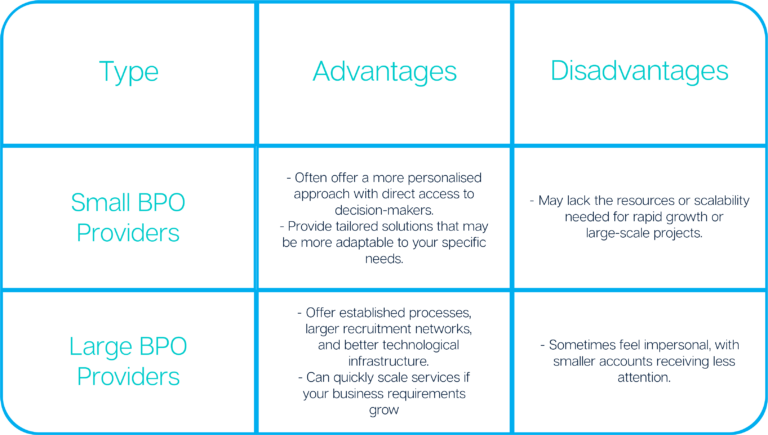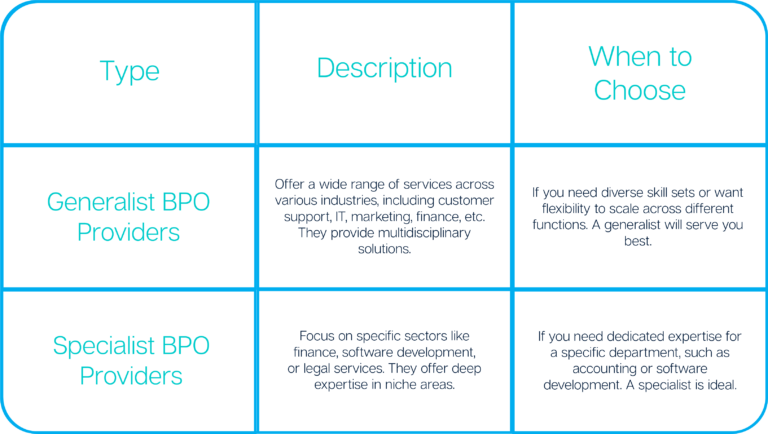Fun, Food, and Family Bonding at SD South Africa Family Day 2025
Terrence Roice Ignacio
on
April 10, 2025
After a magical night that took our South Africa team on an Arabian-inspired journey, it’s time to bring everyone together for a fun family day.
Held recently at the beautiful Tres Jolie Venue in Ruimsig, South Africa, 64 people from the Staff Domain SA location, including their families, participated in a day packed with activities that pushed everyone to be at their best.
The Family Day was designed to promote work-life balance, strengthen employee engagement, and celebrate team spirit. This year’s event truly delivered, providing everyone with an unforgettable day of fun, laughter, and camaraderie. It was a special in different ways.
More than just an annual event—it’s a celebration of Staff Domain’s company culture and core values. It goes beyond inviting employees and their families to join in the festivities. Company events like this foster a sense of belonging, so that each individual feels at home, secure, and comfortable within the organisation. Furthermore, our activities cultivate appreciation from every single team member, which contributes to employee satisfaction and motivation.
A Picturesque Setting on our SD South Africa Family Day
The Tres Jolie Venue in Ruimsig, South Africa, was the perfect choice for the family Day 2025. Its stunning gardens and welcoming atmosphere set the stage for a fantastic day of family fun and relaxation.
From the moment guests arrived, they were treated to welcome drinks paired with freshly baked muffins and scones, creating a warm and inviting atmosphere. Tres Jolie expertly managed the venue preparation, food, drinks, and decor, ensuring everything ran smoothly.
Beach and Bush Team Building: Enhancing the Family Day Experience
The Family Day was facilitated by Beach and Bush Team Building, a trusted team-building company known for delivering engaging and memorable experiences. Their involvement ensured the day was filled with exciting activities that encouraged team bonding and friendly competition.
A Feast Fit for All
Food is always a highlight at the SD South Africa Family Day, and this year’s menu did not disappoint:
- Welcome Drinks and Freshly Baked Muffins & Scones upon arrival.
- Break Time: Adults enjoyed a selection of Pizzas, while children were treated to Hot Dogs.
- Main Menu:
- Beef Rump roasted on a spit & Chicken Wings.
- Smoked Pork Chipolatas, Pap with Tomato Gravy, Greek Salad.
- Special meal for the kids: Chicken Strips & Chips.
- Dessert: Vanilla Ice Cream with Chocolate Sauce, Tea & Coffee.
Engaging Activities for a memorable experience during our SD South Africa Family Day
The SD South Africa Family Day featured a range of activities designed to entertain and unite attendees of all ages.
- Adults and teens participated in the Indiana Jones Challenge, including:
- War Cries
- Spear Throwing
- Paintball Target Shooting
- And many other thrilling challenges!
- Children enjoyed their own dedicated play area featuring:
- Jumping Castle
- Colouring Pages
- Hoola Hoops
- Party Packs and Treats
Celebrating Success and Team Spirit at SD South Africa Family Day
The friendly competition concluded with a winning team receiving certificates and medals, boosting morale and encouraging collaboration. The SD South Africa Family Day 2025 was more than just a fun event, it was a reflection of Staff Domain’s commitment to creating a positive work environment and strengthening relationships among team members.
Looking Forward to the Family Day
As the day ended, everyone agreed that the family Day 2025 was an incredible success. The perfect weather, delicious food, and vibrant atmosphere all contributed to a fantastic experience.
We are already looking forward to the family Day 2026, where we will continue celebrating our Staff Domain family and creating even more amazing memories.
Staff Domain is a leading offshore outsourcing company dedicated to connecting businesses with top-tier global talent. We help businesses achieve game-changing results without the stress of managing a remote team. For more information, check out our blog or contact us today.


































